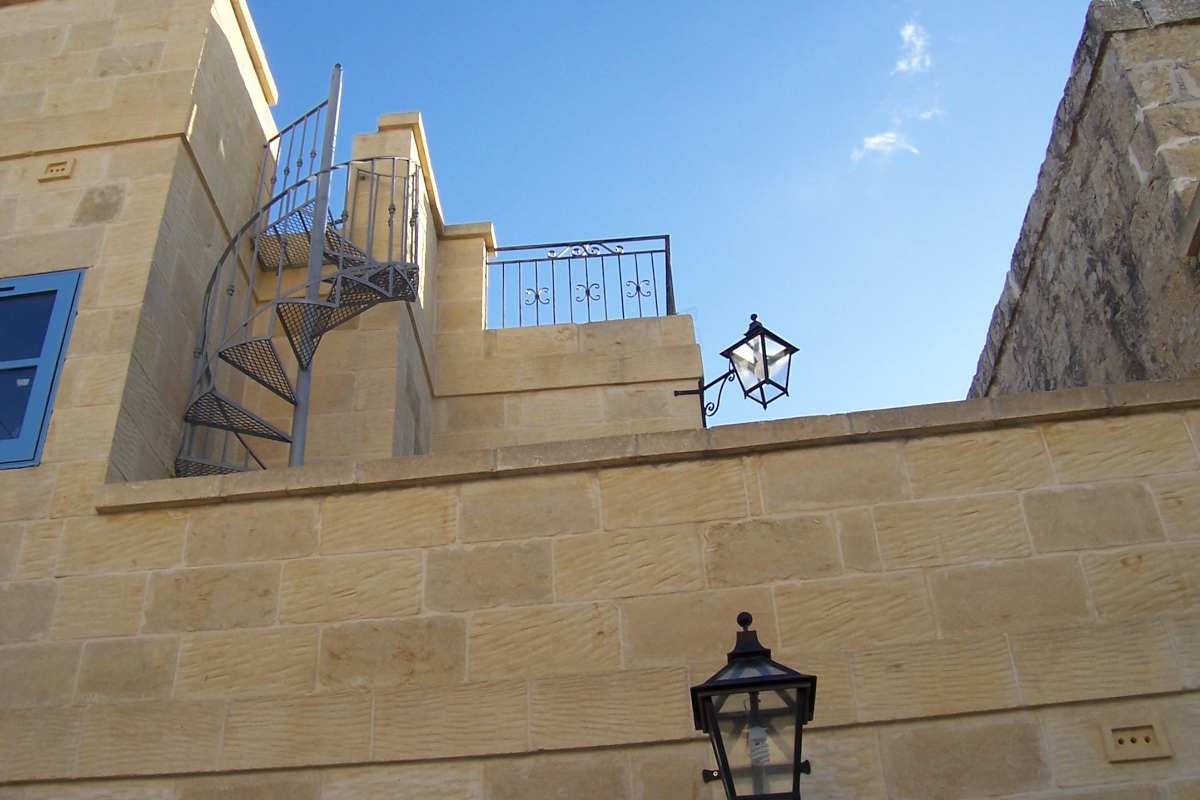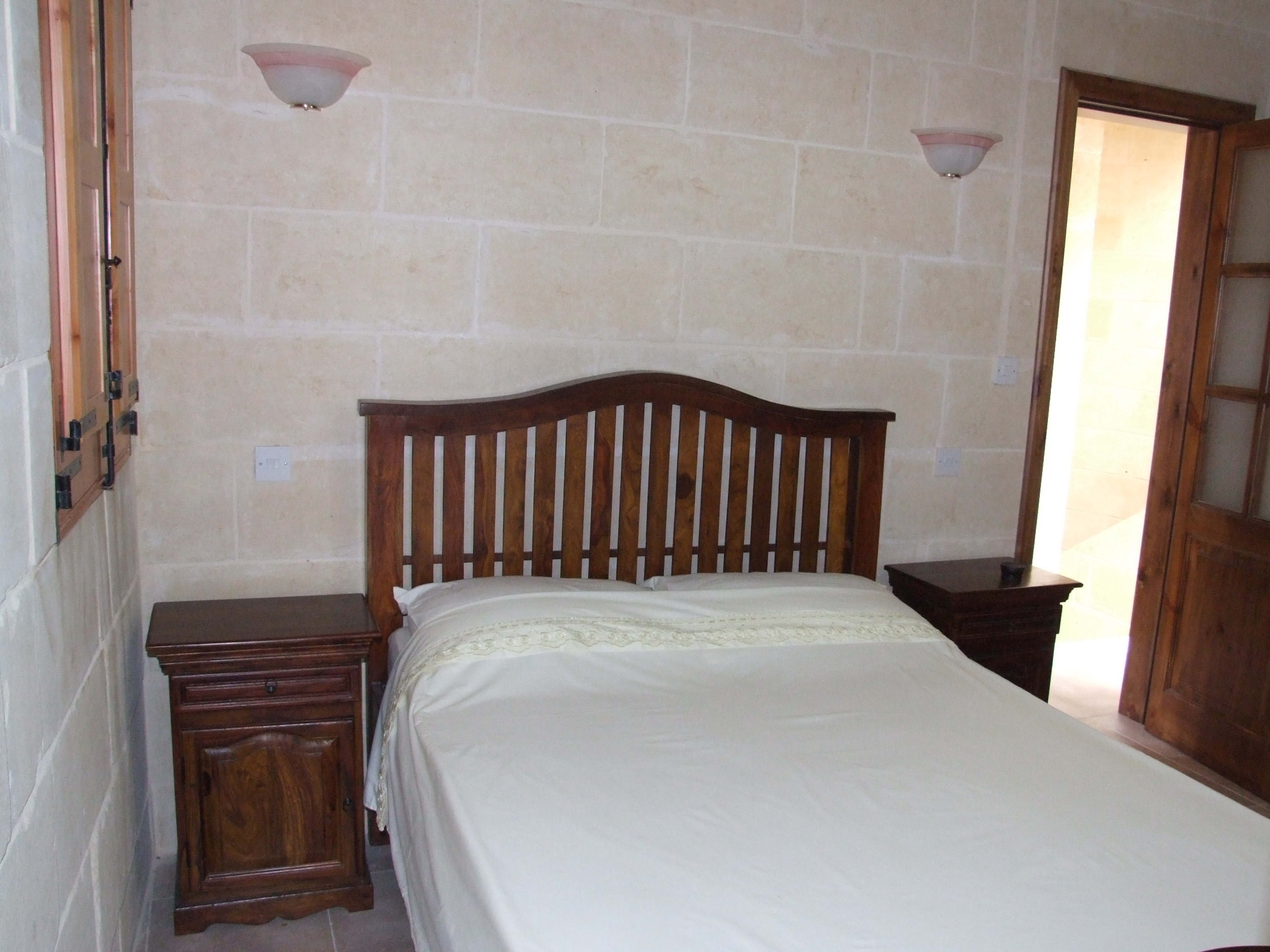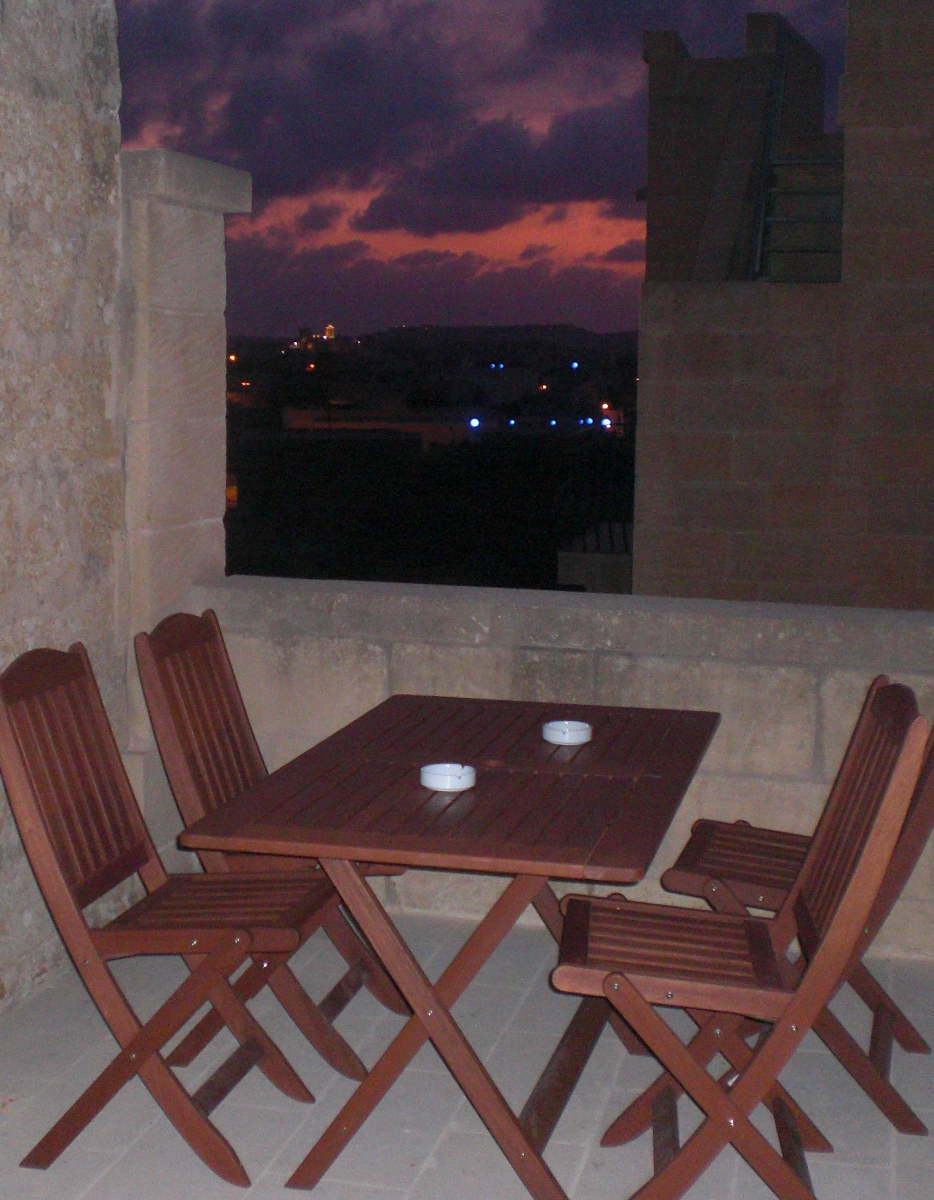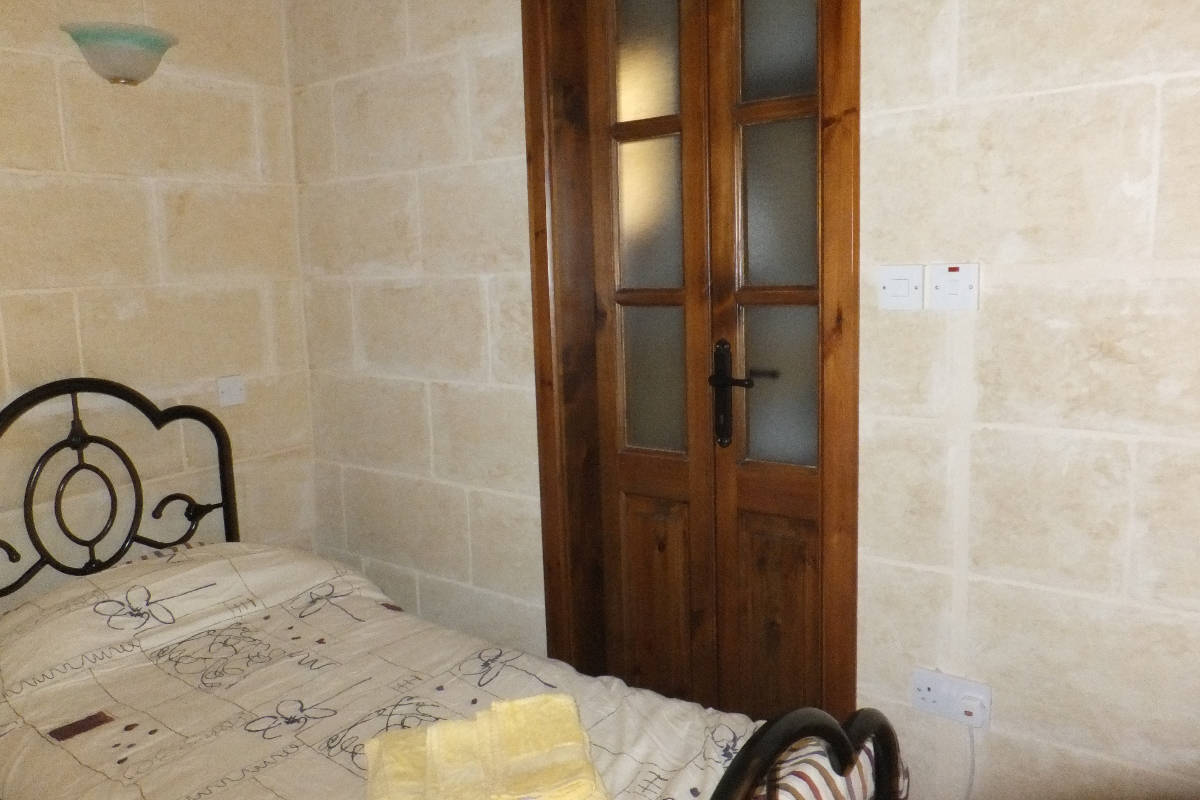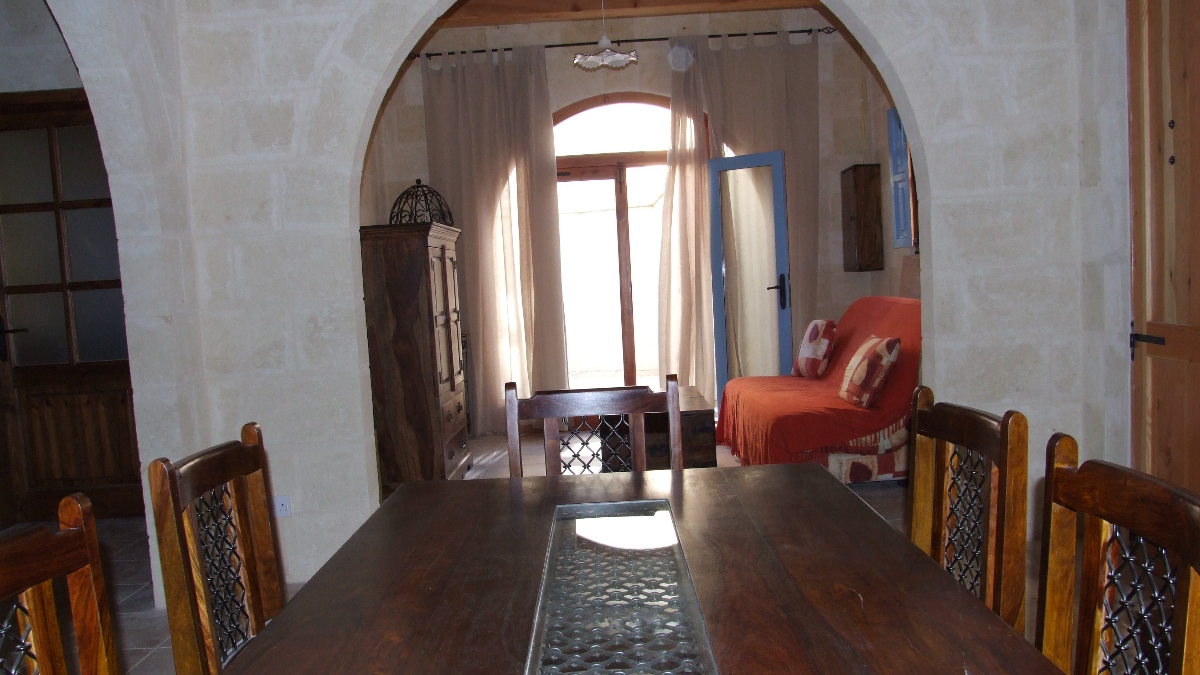The Maltese Archipelago's main islands are Malta, which is the mainland, Gozo, a smaller inhabited island, Comino famous for its crystal clear waters with only a couple of people who are permanent residents, and Filfla, which is uninhabited. There are other very smaller uninhabited islands that add to this archipelago.
These islands weathered many thousands of years, gave birth to cultures and traditions formed through the people that bayed at its shores be they merchants or rulers and modeled wonders of temples fortifications, palaces, churches, and cities.
Malta has a rich history leaving its footprints all over the islands in such a small space that one can go physically through the Mediterranean history very easily in a short time.
Għar Dalam in Birzebbuġa is a cave that was used as a dwelling place for natives more than 8000 years ago.
Temples in various eras in time portray the faith of the Maltese through time as much as the various places of worship that are present wherever the eye can see.
The fortifications that nowadays adorn these islands bear witness to the many battles fought by the courageous natives of Malta.
....and one cannot miss the beautiful palaces, majestic villas and grand residences that housed so many rulers through the years.
Being so small in size does not take away that it is mentioned in the Bible when St. Paul was shipwrecked on his way to Rome and also in Greek Mythology specifically in The Odyssey. Odysseus was shipwrecked in a raging storm and the nymph Calypso kept him as a prisoner in a cave in Gozo, nowadays known as Calypso Cave, for seven years.
The surrounding crystal sea surrounding the Maltese Islands reflects on this rich history but also embraces the many tourists that continually indulge in its freshness, especially on the warmer summer days.


















